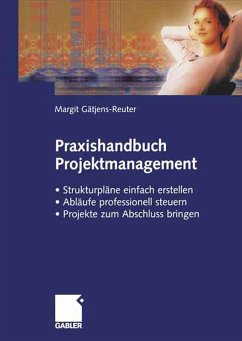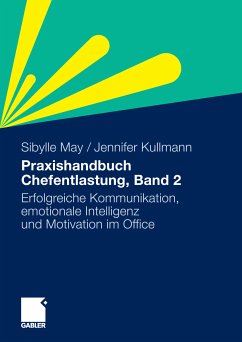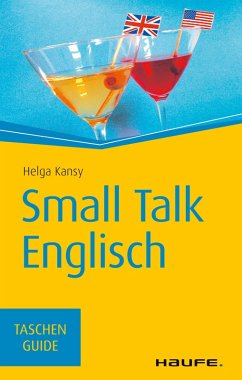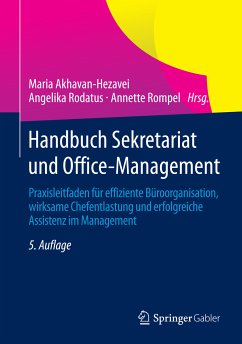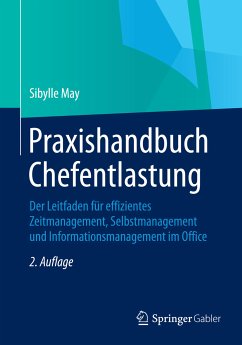
English for Personal Assistants (eBook, PDF)
The essential handbook for doing business internationally
Versandkostenfrei!
Sofort per Download lieferbar
Statt: 53,49 €**
40,95 €
inkl. MwSt.
**Preis der gedruckten Ausgabe (Broschiertes Buch)
Alle Infos zum eBook verschenkenWeitere Ausgaben:

PAYBACK Punkte
20 °P sammeln!
The book develops and refines the key productive skills of writing and speaking in real-life contexts. It provides guidelines and models to enable you to manage your tasks more effectively and efficiently in English. Further, it highlights the underlying structural differences between communicating professionally in German and in English e.g, directness versus indirectness. - What's in it? The focus is on best practice in a variety of business-oriented scenarios, from how to write effective emails and letters, reports, and promotional copy to how to give presentations with impact, influence pe...
The book develops and refines the key productive skills of writing and speaking in real-life contexts. It provides guidelines and models to enable you to manage your tasks more effectively and efficiently in English. Further, it highlights the underlying structural differences between communicating professionally in German and in English e.g, directness versus indirectness. - What's in it? The focus is on best practice in a variety of business-oriented scenarios, from how to write effective emails and letters, reports, and promotional copy to how to give presentations with impact, influence people, give and receive feedback, and deal with complaints tactfully. - How do you use it? The book is for you to dip in and out of to help you refine your business skills. Look for the topic you need in the Contents and then you'll find best-practice guidelines, examples and exercises with a key. - Why use this book? It's written by native English business practitioners and only contains authentic materials. It's practical, easy-to-use, and up-to-date.
Dieser Download kann aus rechtlichen Gründen nur mit Rechnungsadresse in A, B, BG, CY, CZ, D, DK, EW, E, FIN, F, GR, HR, H, IRL, I, LT, L, LR, M, NL, PL, P, R, S, SLO, SK ausgeliefert werden.






